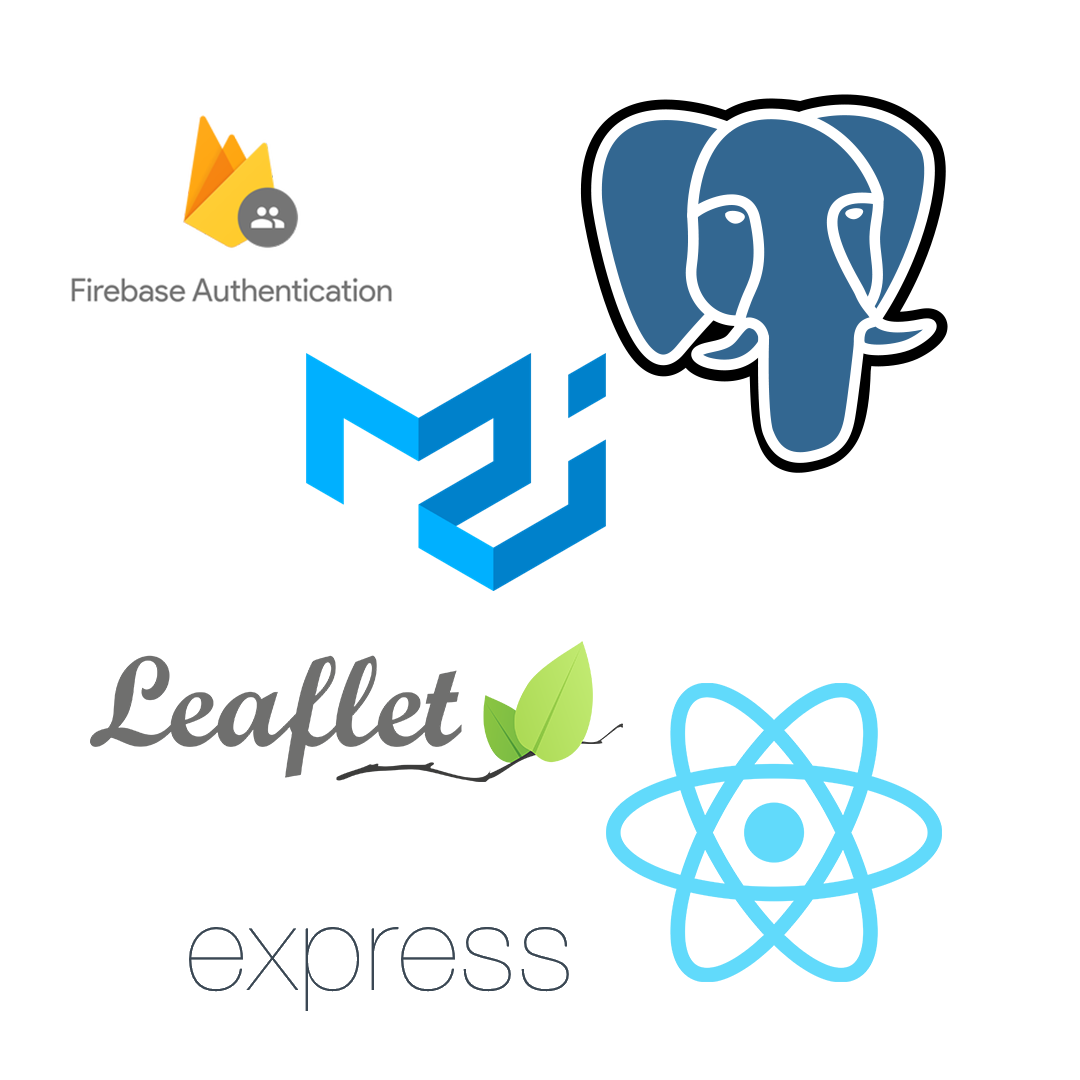Made by Lime-Buyer
The Route to the Fruit
Limebuyer is a web app that helps users discover and review fruit sold at local stores. Using the Overpass API, it displays nearby stores on an interactive map. Users can sign up, log in, and leave reviews for specific fruits they’ve purchased, rating their experience and helping others find the best produce. The idea for this app came from a real world harrowing experience with a duff satsuma. One of the main things we wanted when we designed this app was to expand our technical skills by pushing ourselves to try new things. We decided that map integration, user authentication and python programming were the main 3 technologies we wanted to build an app around.
The Team
Conor N
I’m a former medical student from Leeds University, and…
after three and a half years in the program, I made the decision to follow my passion for software engineering and shift my focus toward a career in technology. While I chose to leave my medical degree, I still have a strong professional interest in the field and hope to pursue a path in medical technology — one that allows me to combine my background in medicine with my enthusiasm for building innovative tech solutions.
Matt C
I’m a creative technologist and art technician with a…
background in microcontrollers, electronics, and creative coding. I’m interested in the ways technology can be used expressively, especially where art and code intersect. During my time at Northcoders, I built on that interest by learning full stack web development, aiming to create interactive digital experiences and step into a junior developer role. I’m particularly fascinated by how programming can bring immersive, engaging installations to life—both in physical spaces and online. Our final project, LimeBuyer, was a fun and collaborative way to put everything we’d learned into practice and build something real as a team.
Pete B
After 10 years in primary care management, I’m making an…
exciting career shift into programming. In my previous roles, I thrived on solving complex problems, improving workflows, and leveraging technology to make teams more effective. I’m passionate about collaborative problem solving and bring strong experience in teamwork, logistics, and systems thinking.
Tech Stack

We used: Overpass API, Firebase Authorization, PostgreSQL, Express, React, Leaflet.js, MUI. For Limebuyer, we chose tools that let us explore new technologies while building something practical and fun. We used the Overpass API and Leaflet because we were interested in working with maps and geolocation — we wanted to display real-world data in an interactive way, and these tools made it easy to visualize store locations. Firebase Authentication was a great way for us to experiment with secure user sign-up and logins without having to build everything from scratch. We chose PostgreSQL as our database because of its reliability and strong support for structured data — in addition we all have past experience using PSQL . For the backend, we used Express with Node.js to keep things lightweight and flexible. And finally, we built the frontend in React because it’s powerful, widely used, and made building a dynamic user interface feel smooth and intuitive.
Challenges Faced
During the project, one of our team members unfortunately had to leave due to health issues. They had been leading development of the backend using Python and Flask, leveraging their prior experience with those tools. However, because their departure was unexpected, we were unable to access the work they had completed. This presented a significant challenge and ultimately led us to make the decision to pivot our tech stack mid-project. As a result, we rebuilt the backend using JavaScript — a technology the remaining team members were more familiar with — allowing us to move forward efficiently despite the setback. Another challenge we faced during the project was working with OpenStreetMap data to reliably retrieve relevant shop locations. Since OpenStreetMap is user-generated, there’s no standardized way that shops are labelled or categorized, which made it tricky to ensure we were capturing all the stores we needed. This required us to think creatively and experiment with different filtering strategies to get accurate and consistent results for our app. Another challenge we encountered was that this was our first time collaborating on a project as a larger development team. Coordinating work across the frontend and backend introduced some difficulties — especially when it came to aligning data requirements. At times, the frontend needed data that hadn’t yet been implemented in the backend, which meant we had to write new functions, adjust queries, or rethink parts of our data structure. It was a valuable learning experience in communication, planning, and working as a cohesive team across different parts of the stack.